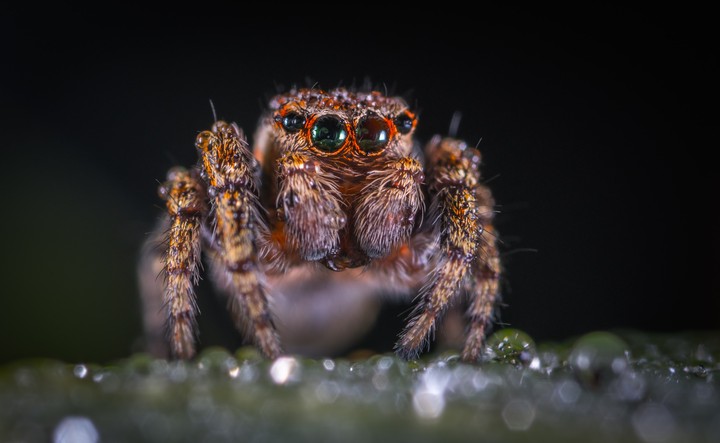Diferent land‑use types equally impoverish but diferentially preserve grassland species and functional traits of spider assemblages
 Image credit: Егор Камелев on Unsplash
Image credit: Егор Камелев on Unsplash
Abstract
Land-use change is one of the major drivers of biodiversity loss by introducing environmental modifcations, which excludes native species unable to adapt to the novel conditions. Grasslands are among the most threatened biomes; understanding the infuence of diferent land-use types on native species is crucial to achieving sustainable management policies. We hypothesized that land-use types that partially conserve the original vegetation cover would show higher taxonomic and functional diversity and similarity with native assemblages than land-use types that replace the original vegetation cover. We compared the taxonomic and functional alpha and beta diversity of spider assemblages between soybean crops, eucalypt plantations, and cattle felds with seminatural grasslands. Through null models, we assessed the standardized efect sizes to test diferences in the strength of environmental fltering among land-use types. Environmental changes introduced by diferent land-use types resulted in assemblages diferentiated in species and trait composition, taxonomically and functionally impoverished with respect to seminatural grasslands. All land-use types drove species replacement and trait loss and replacement of grassland spiders. Each land-use showed a characteristic species and trait composition. Most of the grassland traits were not lost but were under or over-represented according to the land-use type. Only in soybean crops the formation of spider communities would be mainly driven by environmental fltering. Changes in land-use decreased species diversity and modifed the composition of spider species and functional traits leading to diferentiated spider assemblages. As spider species and traits varied among land-uses, a mitigation measure against grasslands biodiversity loss could be the development of productive landscapes with a mosaic of land-use types, as each of them would provide microhabitats for species with diferent requirements. Because land-use types mainly led to the rearrangement of grassland functional trait values, most of spider functions might be conserved in mosaics of land-use types.